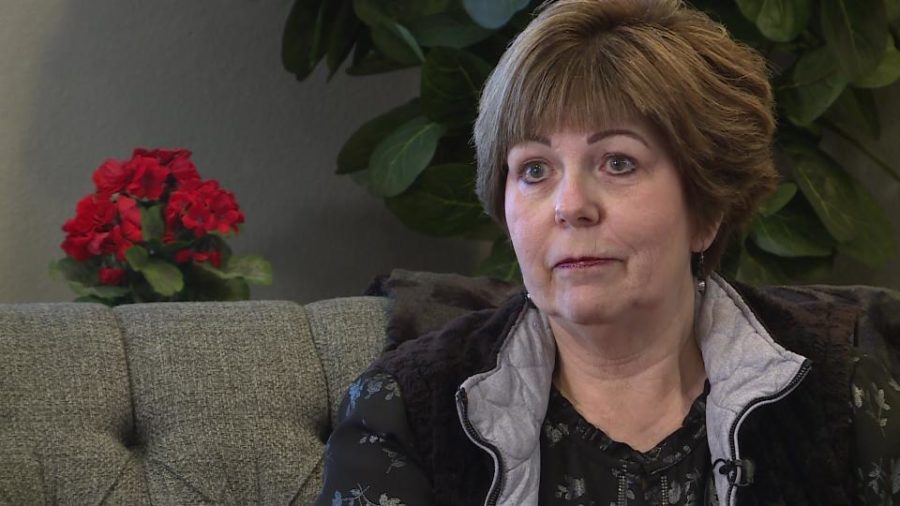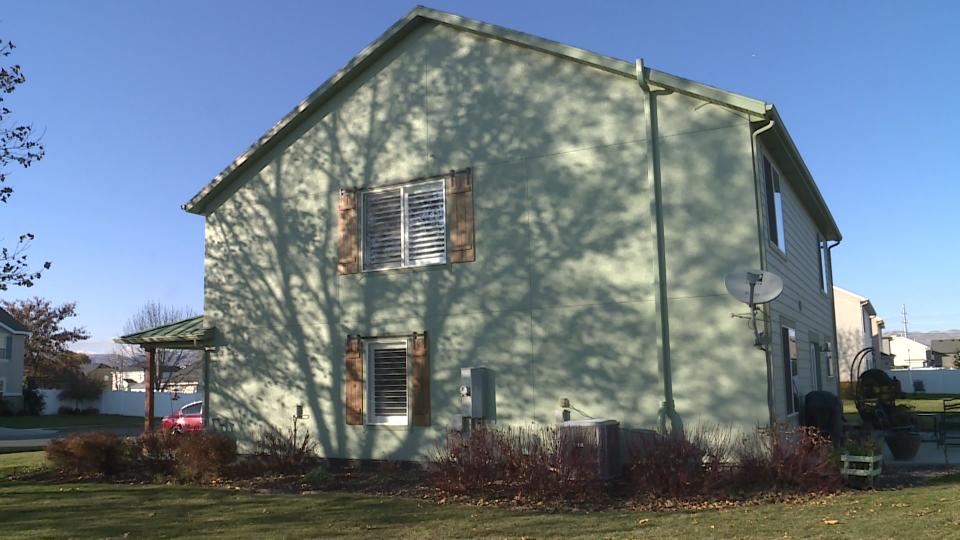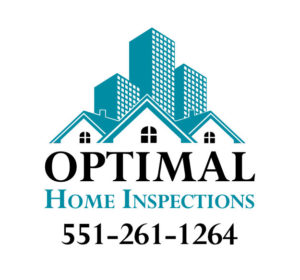BY LADD EGAN
KSLTV.com

SALT LAKE CITY —Lehi – A Utah woman is warning others about the danger of radon after she received a stage 4 cancer diagnosis for non-smoking lung cancer.
“The oncologist explained that it had metastasized,” Lehi resident Kerri Robbins said. “So it had gone from my lungs to my brain.”
Doctors first discovered the brain tumors when the 65-year-old went to the emergency room in June after she started throwing up one morning and was confused.
“As I’m washing my hands I’m looking in the mirror and I don’t know why I’m there,” Robbins said.
Follow-up visits revealed the primary source as lung cancer. It wasn’t until she made an appointment with a specialist that she thought about what may have caused her cancer.
“The first thing he said was, ‘Have you had your house tested for radon?’” Robbins recalled.
She and her husband recently had their home tested. The results revealed the radon level in their home was 31.3 picocuries per liter.

“30 picocuries is like smoking three packs of cigarettes every day,” said Eleanor Divver, the radon coordinator at the Utah Department of Environmental Quality. “It’s heartbreaking to hear these stories and yet I hear them every day.”
The Environmental Protection Agency’s action level for fixing a home for radon is anything higher than 4 picocuries per liter.
“I love my house. I love my neighborhood and come to find out that that’s probably what’s given me cancer,” Robbins said. “I get up the next morning and I thought, ‘I’ve got to let people know this.’”
Like most of us, Robbins spent more time at home during the pandemic. But even before the pandemic she worked at home. Her office is on the lowest level of her home, where radon typically gathers.
“I’m working in that office five days a week,” she said.
Her husband, Ron, is now going to the doctor for his own scan. He says radon wasn’t even on their radar.
“You can’t see it. You can’t smell it. You can’t taste it,” Ron Robbins said.
Radon is a radioactive gas that forms naturally in the ground as uranium and other metals break down, according to the EPA. It enters homes through cracks and gaps in the foundation.
Known as a slow and silent killer, radon causes about 21,000 lung cancer deaths every year in the U.S., the EPA said.
Lung cancer is the leading cause of cancer death in the Beehive State even though we have the lowest smoking rate in the nation, according to the Utah Department of Environmental Quality.
“We know that the risks are great for lung cancer,” Divver said.
Children at more at risk, Divver said, because they’re lower to the ground, breathe more often and because of the shape of their lungs.
“We see the highest levels in the winter months,” she said.
In the winter, people keep their doors and windows shut, keeping the radon trapped inside.
“I’m probably seeing the higher radon levels in newer homes because we’re making homes so airtight,” Divver said. “We’re building in areas where we used to mine. So we’re seeing it everywhere.”
The only way for Utahns to know if their home has elevated levels of the cancer-causing gas is to get a test.
Across the country, the EPA said one in 15 homes has too much radon.
The EPA recommends testing your home for radon every two years and to test after any renovations or if family members begin living in the basement.
TJ Mellars with Utah Radon Services said the good news is that you can rid your home of high radon levels with a mitigation system.
“So that the gases, instead of getting pushed up into the home have an escape route by getting sucked up through the radon pipe and then vented above the roof line.”
This week his company installed a system at the Robbins’ home.
“It’s a small expense to pay to reduce the risk of lung cancer,” Mellars said.
Mellars said the every home is different and to not forgo testing based off of assumptions or how your neighbor’s home tested.
“A lot of people think only old homes with big cracks in the foundation have radon and that’s simply not the case,” Mellars said. “New homes are just as susceptible”
Robbins is undergoing treatment and warning her neighbors and anyone who will listen about the dangers of radon.
“You’ve got to know,” she said. ”Please, get tested.”
She’s focusing on spending time with her family and friends and is staying busy baking hundreds of Christmas cookies for her neighborhood.
“I’m so incredibly blessed because there’s a lot of other people whose stories are much different than mine,” Robbins said. “I’m sure at some point in time it won’t be very pretty. But in the meantime, we’re going to take every minute we can get.”
NOTE: This article has been reposted by Optimal Home Inspections as a service to our clients. This article was edited for space considerations. For the original article see https://ksltv.com/511741/utah-woman-warns-about-radon-after-cancer-diagnosis/
New Jersey resource: NJ Dept of Environmental Protection: Radiation Protection Element



